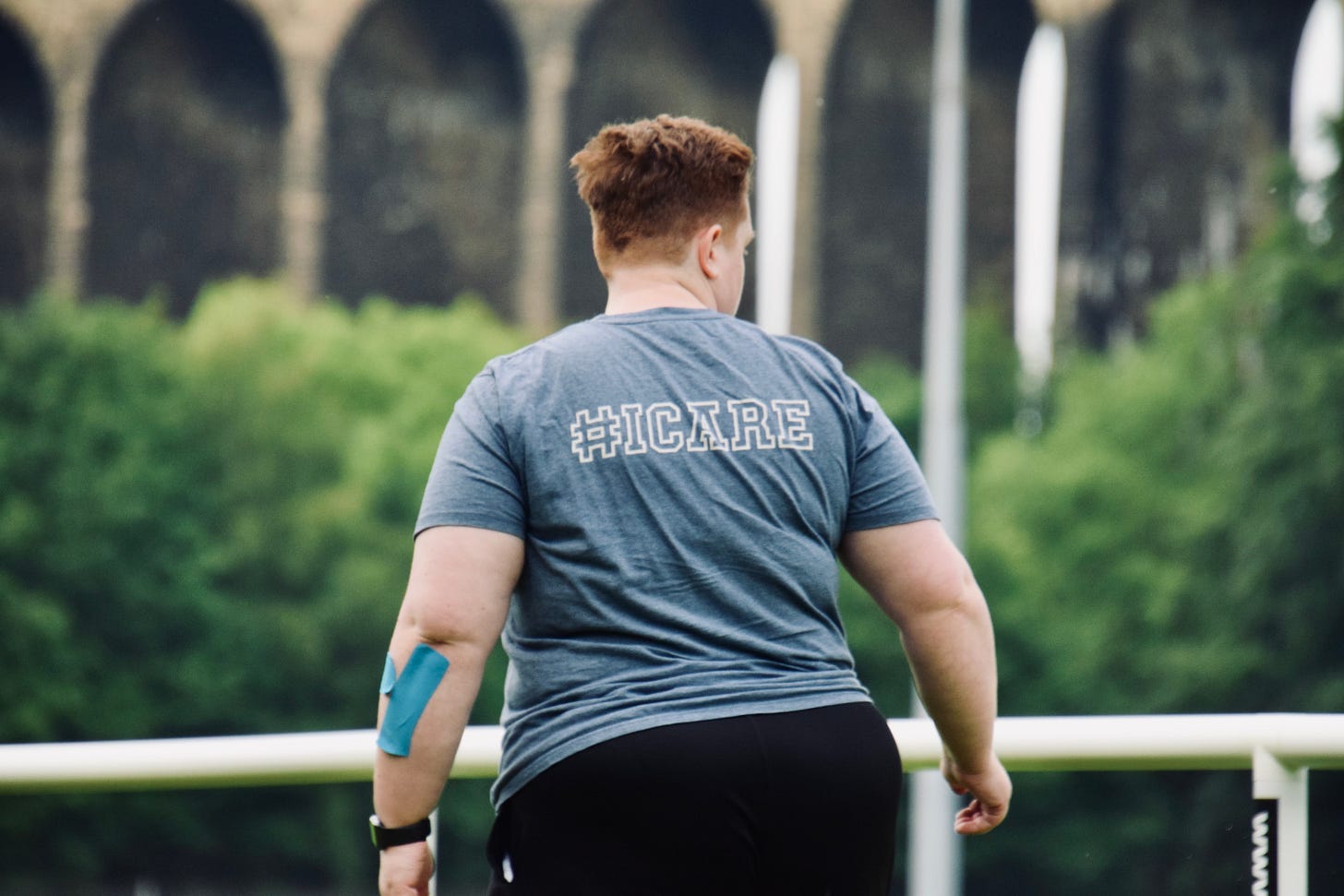Dealing with failure
When to reflect, when to react and when to rest
When planning a session, I try and plan for adaptations, including any progressions or regressions.
There’s only so much you can plan for, especially when trialling a new activity. This could be an game you’ve thought of, or one you’ve seen and adapted from elsewhere.
Sometimes, despite best efforts you can enounter failure within your practice design. An activity or new game rule might not have worked like you intended.
It’s difficult to not mentally beat yourself up when you’ve experienced failure. Coaching, including session design, is a creative act.
“Failure is endemic in the creative act, leaving the question not if something is a failure, rather how that failure is harnessed.” - Lisa Le Feuvre
Failure is a part of the creative act. It’s a part of coaching. Instead of beating ourselves up we should use the power of ‘failure’.
Failure is never a complete failure. It is a discovery. We realise something hasn’t worked as we intended.
Here’s how I process the discovery through reflect, react and rest.
Reflect and react
Reflect and react can occur at the same time. It starts at the point of discovery, when I realised something has not gone as I intended.
If I’m trying a new activity or game rule, before starting it I will usually prepare the players and let them know it’s new. This let’s players know the activity is partially an experiment and might be changed later on.
If I’ve realised the activity isn’t working, then I will gather players together and ask for feedback. In this moment, we might either swap to a different activity (leaving me time after the session to reflect).
If I intend to stay with the activity for a while, I will ask players to indentify what they thought didn’t work and what they might change. I might put in some of their suggestions or one of mine that we’ve talked through.
We then continue the process of trial and error. I enjoy this because session design and thinking of new activities becomes an act of co-creation with the players.
They are the primary focus of development and learning through the games, so balancing their wants and needs when trialling something new is key. Getting their thoughts when things have gone well and when things have ‘failed’ helps.
When reflecting at home, I try to think about what I might change in the activity. I write down the intended aim of the game and then plan what I will alter.
It helps to think about the problems that arose in the training session, or what went ‘wrong’.
Sometimes the solutions are simple, here are some possible alterations to think about:
The amount of players: sometimes an activity works best on a smaller scale or with an overload for one team
The size of the playing area: having a playing area too large might mean players aren’t focusing on the intended outcome
The shape of the playing area: a triangle, for example, condenses the attackers at the start and as they progress they unlock more width. This forces the attackers to move forward at speed
Rest
The rest element is the easiest element to write about, but often the hardest to execute. It’s difficult to not obsess or feel like a failure.
When I stuggle with this, I often ask players for reflections on the overall session. I also remember that no failure is ever truly a failure. The quote at the start of this page helps me with this.
Every moment is an opportunity for learning.
If you’re unable to sign up for regular paid subscription, you can still buy me a coffee.



